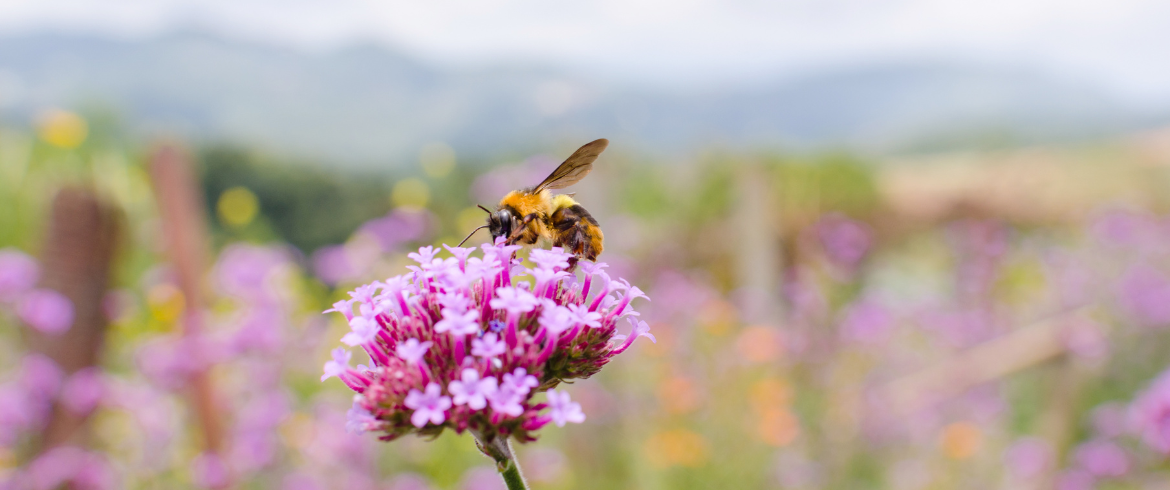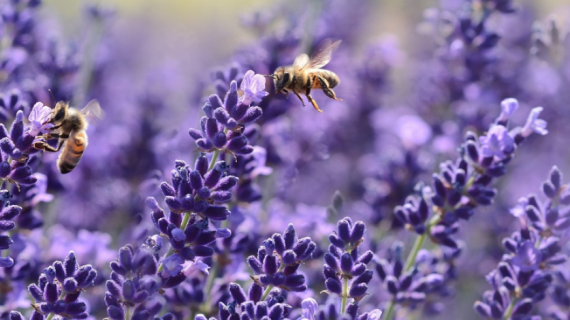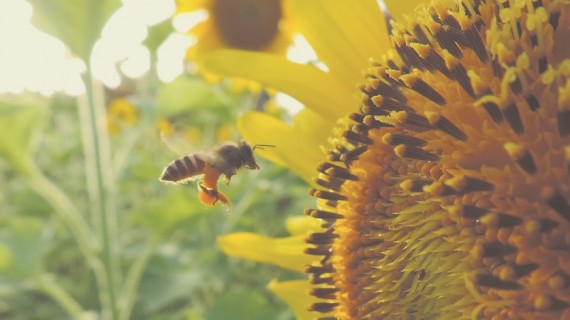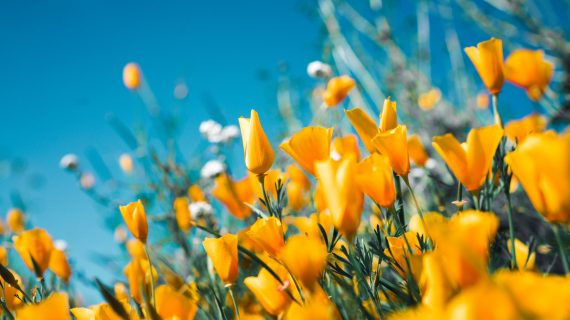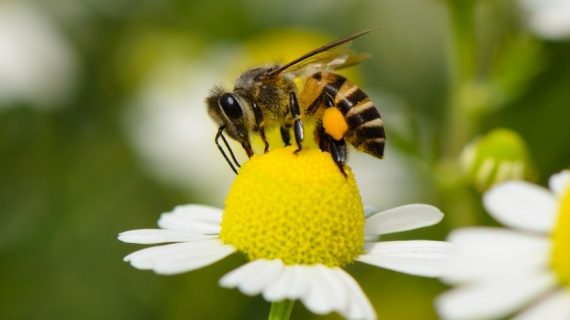Bees are just the tip of the iceberg when it comes to pollinators. In Italy, alongside domestic honeybees, there are over 1,000 species of wild bees, belonging to six different families. In addition, wasps, hoverflies, and other pollinating insects play a fundamental role in the health of ecosystems and in our own survival. Yet, around 40% of these species are at risk of extinction, and for 10% we don’t even have enough data to understand their conservation status.
The Causes of Pollinator Decline
The decline of pollinators is linked to various factors, all of which can be traced back to human activity:
- Loss and intensive use of soil, a non-renewable resource;
- Climate change that alters biological cycles and flowering times;
- Use of pesticides and toxins in agriculture;
- Introduction of invasive alien species that compete with or prey on native species.
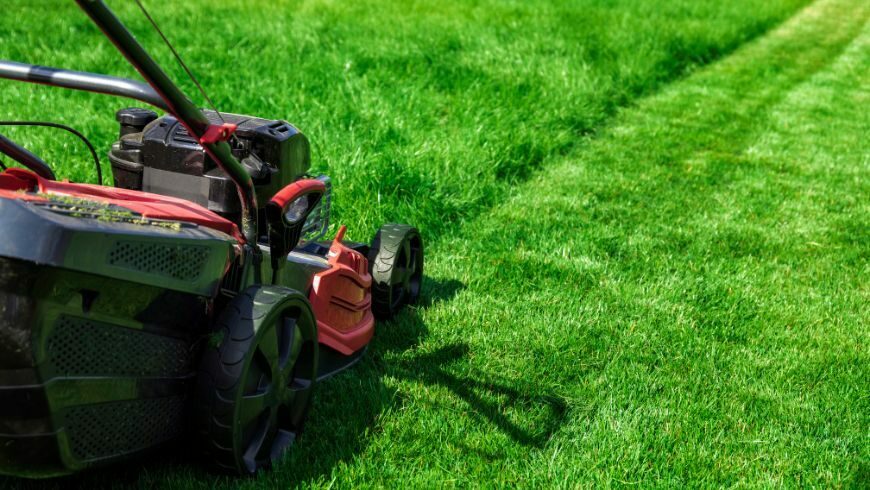
But there is much we can do, even on a small scale, to reverse this trend.
How to Help Bees? 5 Actions That Truly Make a Difference
1. Observe and Protect Existing Habitats
Many natural elements, often overlooked, are essential habitats for pollinators.
- Meadows: Not just grass fields, but true mosaics of biodiversity.
- Dead wood: It’s not waste! It’s home to many species, including solitary bees.
- Dry stone walls: offer safe shelters.
- Exposed sunny soil: ideal for nesting.
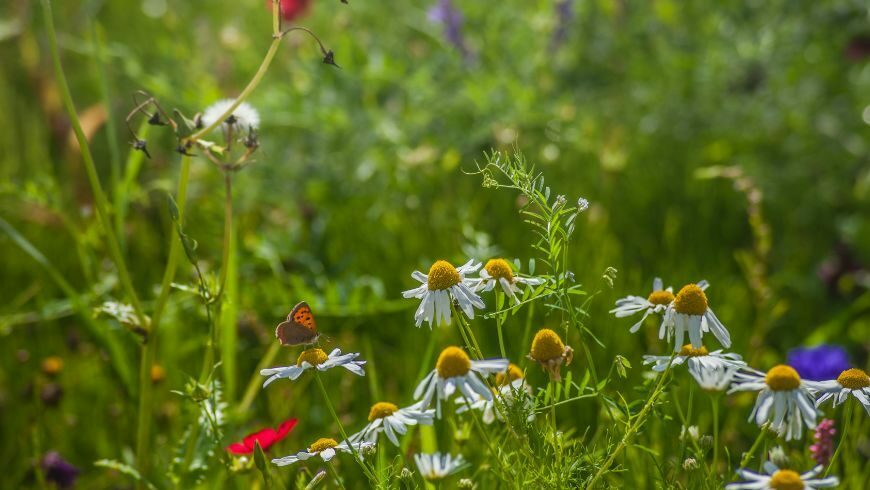
2. Manage Green Spaces in a Diverse Way
Trimmed grass in gardens and urban lawns too often turns meadows into green deserts devoid of life. To grow a bee-friendly garden, whether it’s your private green space or a public area, it’s important to:
- Regularly mow only some strips (about every 12 days), leaving the rest to bloom.
- Make one or two cuts a year in the remaining lawn.
- Ensure the greenery is not uniform, but rich in diverse spaces.
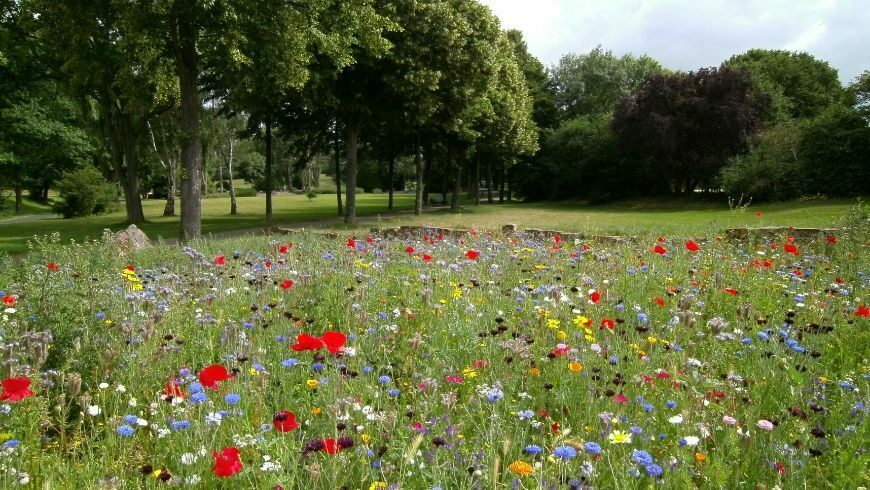
3. Choose Native and Varied Plants
Each bee species has a special relationship with specific plants.
- Avoid sterile ornamental plants or those that are unsuitable.
- Favor native species: lavender, mallow, thyme, cornflower, yarrow, etc.
- A garden rich in diverse flowers welcomes a greater variety of pollinators.
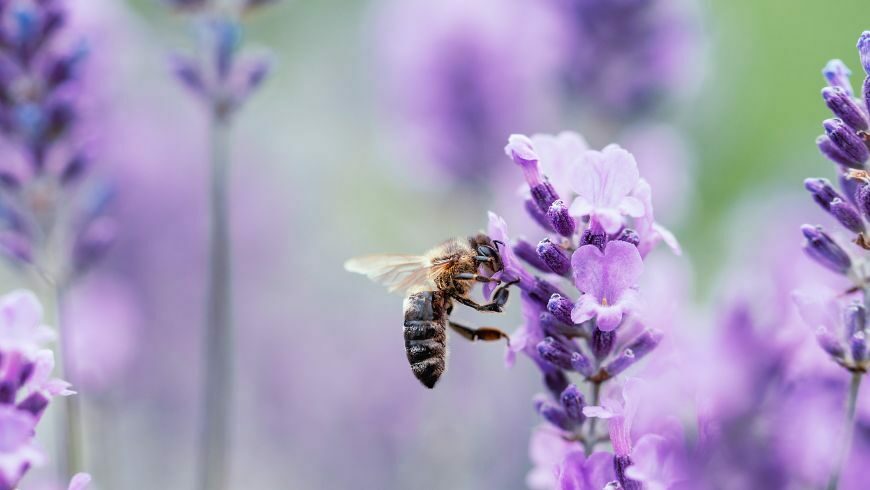
4. Provide Shelters and Artificial Nests
Besides flowers, pollinators need a place to live.
- Flower strips along fences and wild gardens
- Bee hotels and artificial shelters can host solitary bees that nest in cavities.
However, be aware: they are not a solution, but rather an educational tool to help people learn about bees.
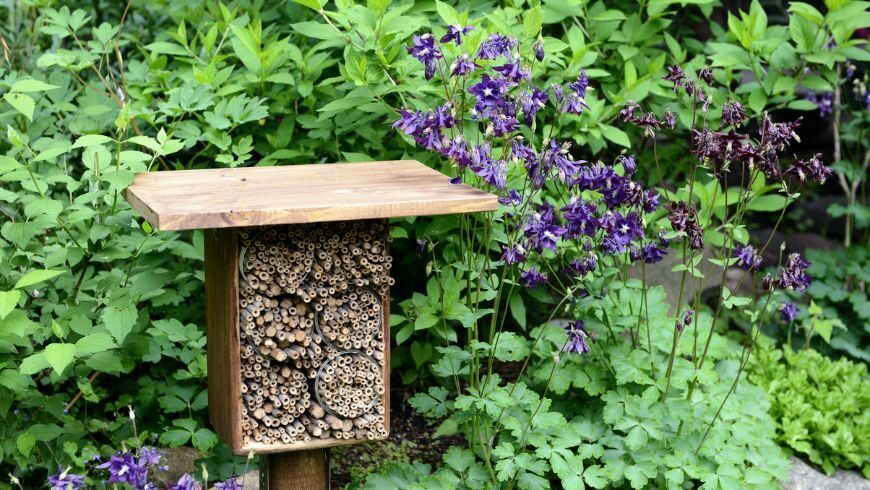
5. Share, Observe and Participate
Knowledge is power. Here’s how you can contribute:
- Join events and meetings dedicated to biodiversity, educational activities, and guided visits in meadows.
- Use apps and digital tools like iNaturalist or BeeWatching to monitor biodiversity.
- Take part in citizen science projects to help gather valuable research data.
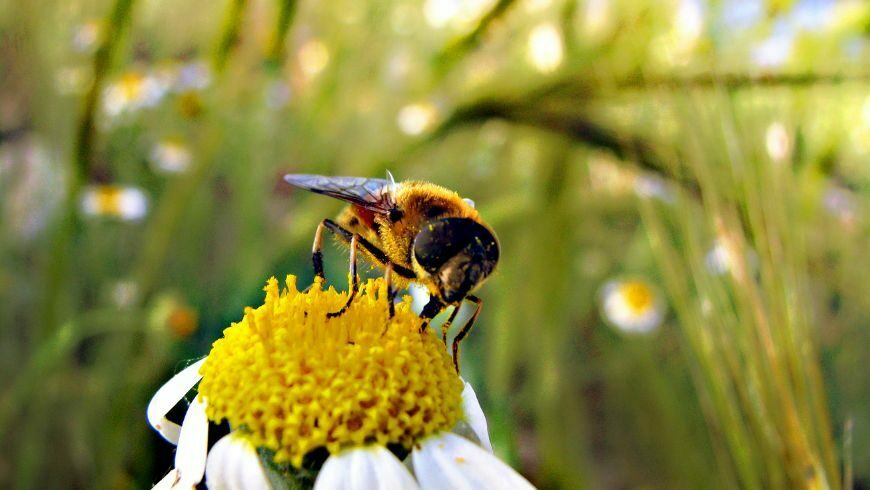
Saving bees (and all pollinators) doesn’t just mean setting up a bee hotel in your garden. It means rethinking our relationship with nature, even through everyday actions. It means protecting, learning, growing, and sharing. Only by creating more welcoming and diverse environments can we secure a future for these insects — and for ourselves.
🌱🐝 Every flower counts. Every action, even a small one, makes a difference.
